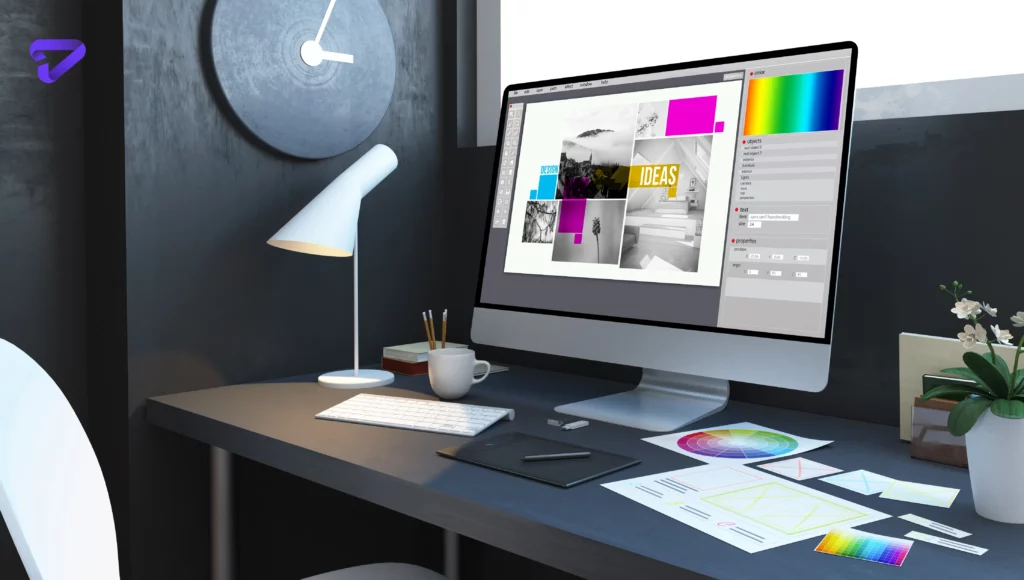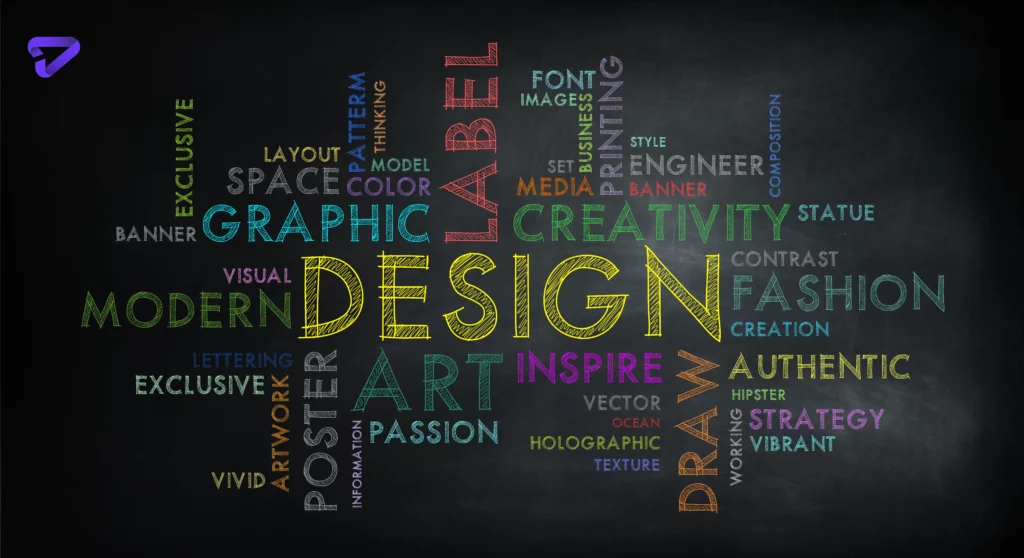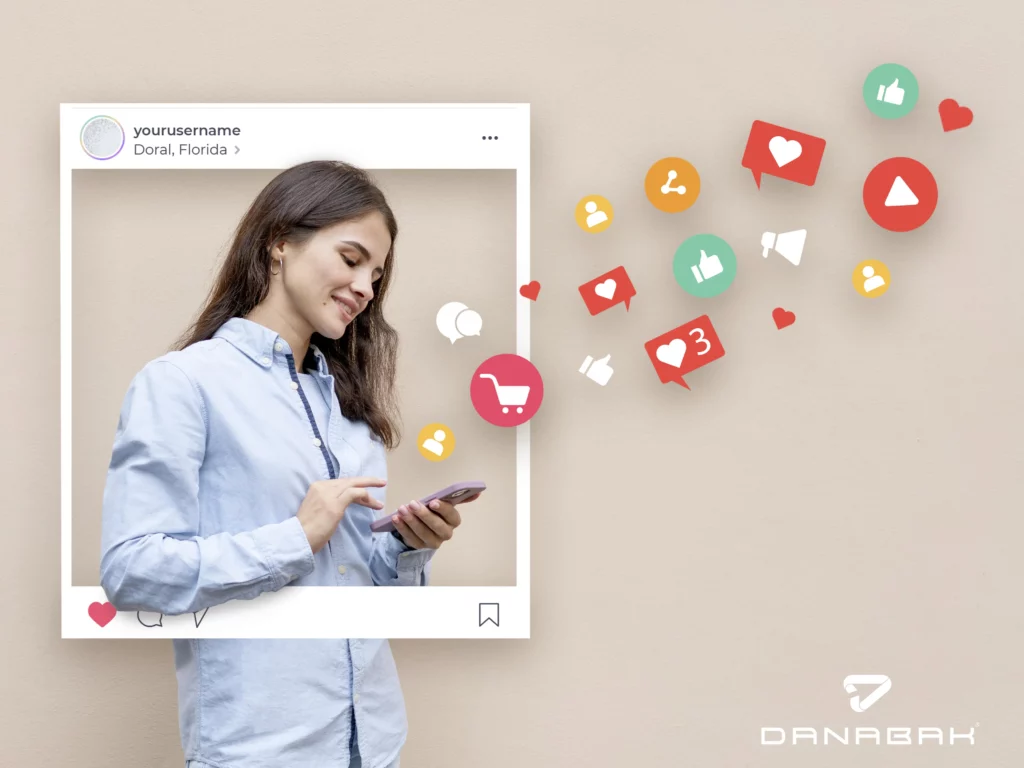
The Impact of Graphic Design on Brand Identity
Graphic Design on Brand Identity focuses on creating visual elements like logos, color schemes, and typography to establish a cohesive and recognizable brand image.
Graphic design is one of the most powerful branding tools you have available.
Along with your choice of words and values, good design is the best way to quickly communicate critical information about your brand — like your industry, your attitude, and your business’s values.
Even subtle design choices — like texture, color saturation, and font weight — can significantly impact how customers perceive your brand.
Cultural diversity in graphic design enriches brand identity by incorporating varied perspectives and elements, fostering a more inclusive and globally resonant visual identity.
This article will explore the impact of graphic design on brand identity design and how businesses can leverage it to give their brand a competitive edge.
What is Brand Identity Design?
The brand identity encompasses the visual components that distinguish a brand, including colors, typography, imagery, and video aesthetics.
Collectively, these elements forge instant visual recognition so consumers intuitively associate unique stylistic signatures with brands.
For example, vibrant red sports cars immediately trigger thoughts of the Ferrari brand thanks to years of cultivating an exotic, high-performance identity.
When brand identities resonate by encapsulating company visions and values, they build consumer trust and familiarity.
This consistent visual language bridges companies and audiences, signaling what brands represent at a glance without needing elaborate explanations.
So whether embodied in social media assets, physical product design, or online interfaces, cohesive brand identity aesthetics become visual shortcuts for communicating brands’ essence.
For this reason, strategically developing distinct yet flexible design systems proves foundational to manifesting brands’ full potential.

How Graphic Design Strengthens Your Brand Identity
Graphic Design Creates a First Impression
An impactful first impression is crucial to obtaining new customers and retaining them following their first dealings with a business.
You only have the chance at a great first impression once, and weak graphic design will not accurately demonstrate the message you want to depict.
Color Psychology Can Impact Brand Perception
Color is one of the design elements that can significantly impact brand perception.
Major companies lean heavily on color psychology — or how colors affect a viewer’s mood — to create brands that customers associate with certain emotions and energy levels.
High-intensity colors like yellow, red, and orange are often a good fit for high-intensity brands that want to be associated with excitement and energy.
Lower-intensity colors, like blue or purple, can produce more relaxing or calming designs.
Graphic Design Covers Multiple Areas
Graphic design often entails much more than creating fonts and logos.
Great graphic designers can apply their knowledge to website design, social media graphics, and promotional products.
Having a graphic designer can give you a great perspective on various projects, and you can apply this work to multiple elements across your branding and business.

Packaging Improves Identity
Companies continually adapt product designs to distinguish brands in consumers’ minds.
Over time, these stylistic moves crystallize into visual shortcuts that instantly evoke associations.
For example, glimpse Cadbury’s rich purple packaging accented by looping gold script, and chocolate cravings likely ensue thanks to a century of cultivating that look.
Through color and typography innovations, the British confectionery titan carved a unique identity into a crowded landscape.
Their signature hues and lettering styles subliminally trigger nostalgic warmth and indulgence cravings when spotted in stores.
Such impressions demonstrate branding’s remarkable ability to forge unbreakable sensory bonds over decades through consistent visual cues embedded in packaging and marketing materials.
Just glancing at those purple wrappers sends Cadbury racing through customers’ minds.
Creates Brand Loyalty
By having a memorable brand identity through effective graphic design, consumers are more likely to repeatedly return to your products or services because you provide familiarity and reliability.
Being remarkable means being the first business in a consumer’s mind and, therefore, being their first port of call.
Trust and Credibility
How appealing or displeasing your graphic is affects how people perceive your brand.
If you promised professional services, your brand’s visuals should communicate professionalism.
Your target audience develops confidence and trustworthiness when you use attractive and well-done graphic design.
Visuals that are expertly created communicate professionalism, attention to detail, and dependability.
Customers are more inclined to trust a brand that invests in excellent graphic design because it shows a dedication to providing top-notch goods or services.
You may create a favorable perception of your brand and win your clients’ long-term trust by continuously using eye-catching designs.
Communicating Brand Values and Messages
Effective graphic design goes beyond aesthetics; it conveys a brand’s values and messages.
Graphic design can encapsulate these ideals in visual elements, whether it’s promoting sustainability, innovation, or customer-centricity.
For instance, a green and eco-friendly color palette and nature-inspired graphics can communicate a brand’s commitment to environmental sustainability.
Through graphic design, businesses can tell a story that resonates with their target audience.
It evokes emotions, shares the brand’s personality, and establishes a unique tone.
What things are included in graphic design that shape brand identity?
Creating a Memorable Logo
The logo is one of the first things that come to mind when thinking about brand identity.
A well-designed logo is like a brand’s fingerprint; it’s unique, easily recognizable, and carries the brand’s essence.
Consistency Across Platforms
Consistency is critical in marketing. Brands must ensure their visual elements remain uniform across all platforms and touchpoints.
Color Psychology
Colors have the power to evoke emotions and convey meaning.
Graphic designers use color psychology to create designs that resonate with the intended audience.

Typography Matters
The choice of fonts might seem like a small detail, but it can significantly impact how a brand is perceived. Fonts can convey personality – whether a sleek, modern sans-serif font for a tech company or a whimsical, hand-written font for a children’s brand.
Responsive Design
With the prevalence of mobile devices, responsive design is essential.
Graphic designers ensure that a brand’s visual elements are adaptable to different screen sizes, maintaining a consistent and engaging user experience.
Layout and User Experience
Graphic designers also play a role in designing the layout of websites and marketing materials.
An intuitive layout improves user experience, making it easier for visitors to navigate a website or understand the content of a brochure.
A/B Testing
A/B testing involves creating two versions of a design element and testing them with a portion of the audience to see which performs better.
This data-driven approach allows brands to refine their visual elements for maximum impact.
Social Media Graphics
Social media is a visual playground; graphic designers create eye-catching graphics for posts and advertisements.
These graphics must be consistent with the brand identity and tailored to the platform’s unique requirements.

Conclusion
In conclusion, graphic design is indispensable for crafting a brand’s identity.
It communicates essential information about a brand swiftly and powerfully, from color psychology to typography choices.
Effective graphic design creates solid first impressions, maintains platform consistency, and fosters trust and credibility.
From logos to responsive design, graphic design permeates every aspect of brand identity, making it a fundamental element in achieving a distinctive and enduring presence in the market.
In this matter, you can also get graphic design services charlotte.
Danabak Digital Marketing Agency in Charlotte specializes in innovative online marketing strategies to enhance your business’s online presence and drive growth.








